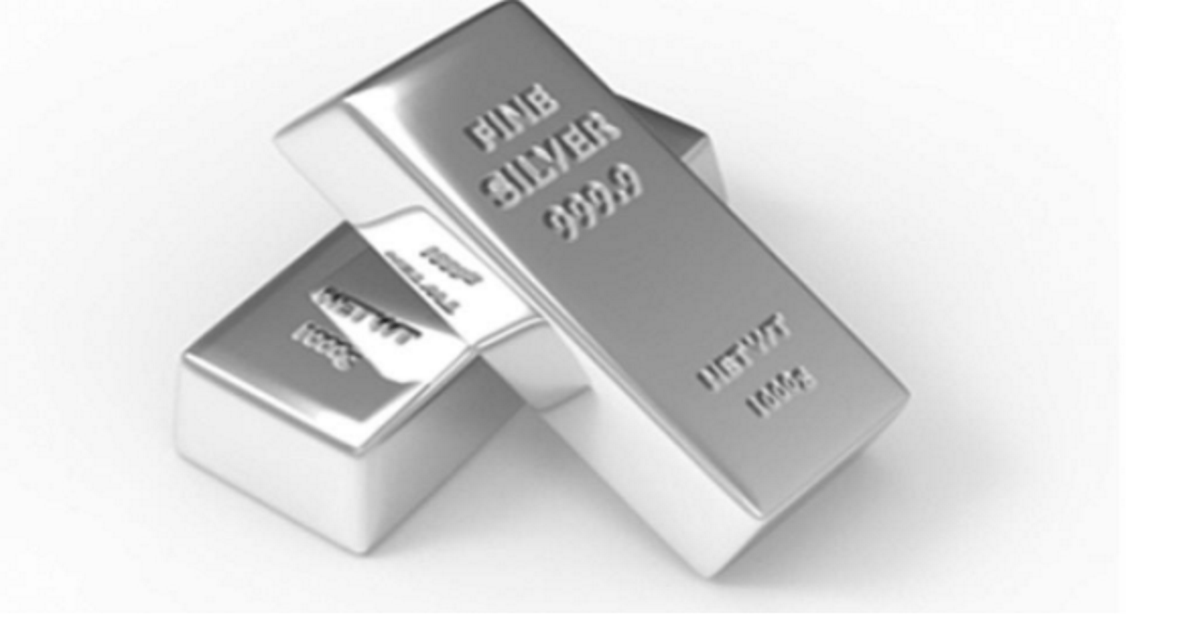Silver is another precious metal just like Gold. But unlike Gold, it is largely used for industrial purposes. The Securities and Exchange Board of India has allowed Mutual Fund houses to introduce Silver ETFs in the Indian Markets recently, making it easier for investors to invest in the white metal. It will make silver market liquid by making the transactions easier for buyers.
Silver exchange-traded products are exchange-traded funds/notes/closed-end funds aimed to track the price of silver. These products are traded on the major stock exchanges globally. A silver exchange-traded fund invests in hard silver assets held by a fund manager in a trust. Instead of the metal itself, such ETFs offer more liquidity. The spot price of silver is tracked by Silver ETFs very closely. After ETF Gold, Silver ETFs are the new asset class available for investors.
However, they shall be regulated in the same manner as Gold ETFs. Gold and Silver are interrelated, and financial markets keep an eye on their behavior. Both these metals have always been a preferred investment option in India. It is to be seen how the investors show their interest in this new asset class added to their portfolios. Since Silver has a widespread usage in industries too, the demand and supply pattern of this metal are affected by the same.
Is it a good option?
According to experts, precious metals like silver and platinum were used to bring diversity in one’s portfolio. But as the Silver ETFs will be backed by physical silver, it will increase the volumes of silver and bullion index. Investors need to consider Silver ETFs based on its investment merit. The ETF market holds 11% of the mutual fund industry’s assets and Gold ETFs account for 0.45 percent in it. There shall no question about the purity of the metal or theft as the ETFs shall be managed by the professional managers. It is always better to choose ETFs as holding of physical assets is not involved. Risk averse commodity investors find this as a benefit as compared to silver derivatives. Equity markets are volatile and diverting a small part of portfolio towards silver ETFs is an advisable strategy.
Contango and backwardation do not arise because Silver ETFs are physically backed. The traditional way of holding silver through silver coins, bars, Jewelry or silver futures can be replaced by Silver ETFs.
The only caution to be exercised is that silver too can become volatile. Do not get involved in any speculative bets etc. Try to stay invested for a longer term.
How does Silver ETFs work?
The fund managers of silver exchange-traded funds invest in physical silver assets held in trust. These are grantor trusts, and each share represents a right to a certain amount of silver. Silver is more volatile than Gold. The fund houses must own physical bars of silver to participate in Silver ETFs. For these purposes the SEBI decides who is the fit and proper person to get the approval. As per SEBI it will be principle-based or rule-based depending on the situation. When it comes to principle-based criterion it includes integrity, honesty, ethical behavior, reputation, fairness, and character.
The asset management companies themselves launch exchange-traded funds to track silver prices in the developed countries. This is carried out in two ways. Either there is use of derivatives or physical bars are bought. the returns are usually double the underlying on either long or short side as defined by the scheme objective. The leveraged ETFs charge on the higher side of the expense ratio.
In India buying physical bars and trading in commodity futures on exchanges are the routes to take exposure to silver. overseas investment route is also open for investors. If an Indian Mutual Fund launches a dedicated silver ETF, it must make the investment accessible.
Tax implications of Silver ETFs
The tax treatment will the same for Silver ETFs as Gold ETFs. A 20% long-term capital gains tax shall be charged on redemption of Silver ETFs for a holding period of more than 36 months. Redeeming them before 36 months shall result in a short-term capital tax liability. The gains shall be charged at your tax slab rate.
The physical silver market in India is good enough to support Silver ETFs. Gold ETFs are prevalent since 2007 and they have been doing well. Nippon India ETF Gold BeES is the biggest gold ETF in India with assets under management of over Rs. 6,000 crores. Another one is HDFC Gold ETF. We can look forward to Silver ETFs affirmatively as the existing rules for Gold ETFs have been impressive and shall continue to apply in case of Silver ETFs as well.
The largest Silver ETF is iShares Silver Trust SLV in the world. Indian markets are expected to have a strong position in Silver ETFs just like Gold ETFs. SEBI’s move is welcomed by many. Another metal based new asset class is going to be added to the investor’s portfolio in coming days, and Silver is set to shine in ETFs too.
